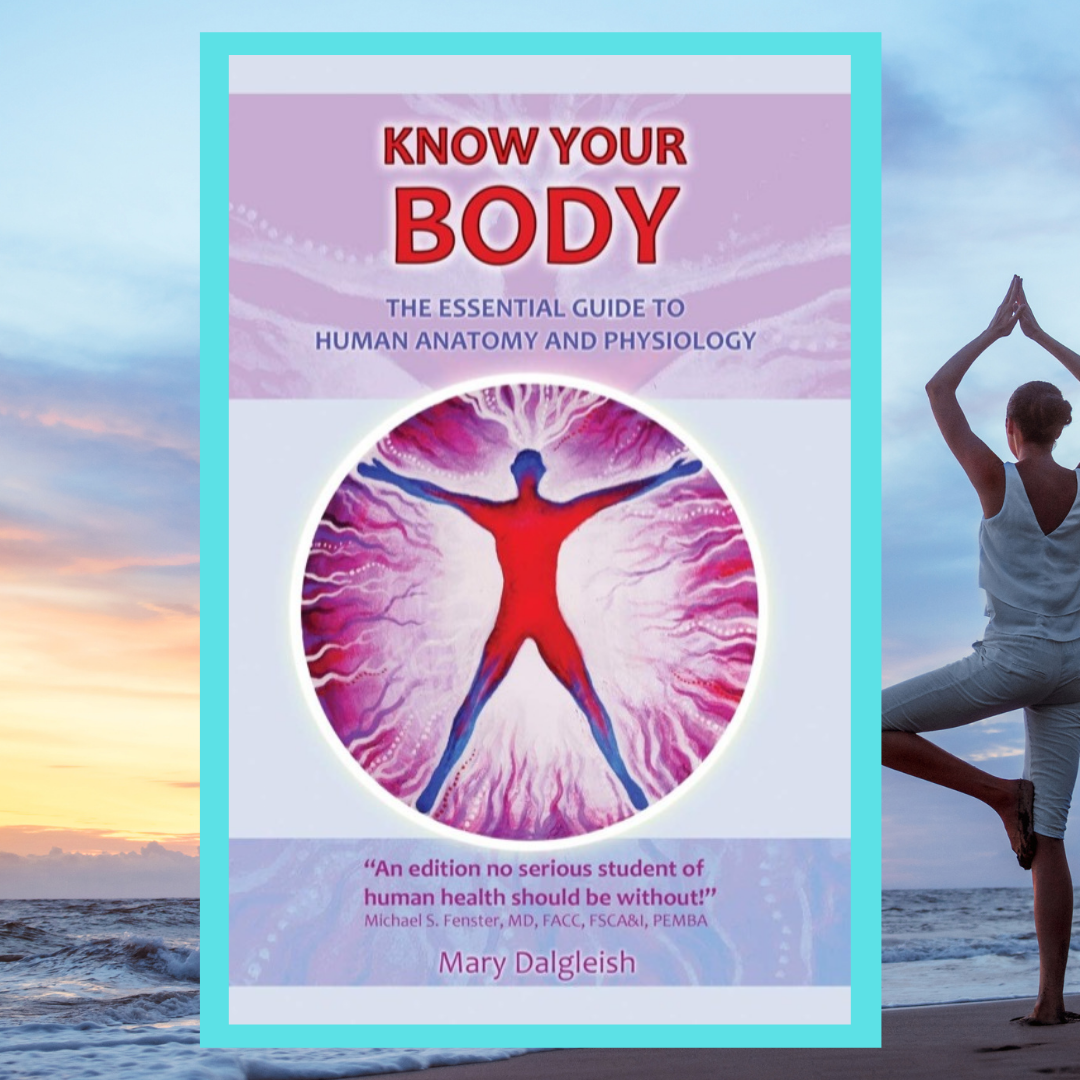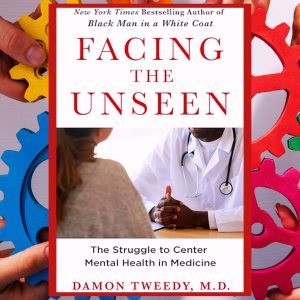⭐️⭐️⭐️⭐️⭐️
[responsivevoice_button buttontext=”Listen”]
Is there anything more fascinating than our bodies, our health, and the factors that keep them happily intertwined?
This wonderful book agrees, providing an in-depth and captivating look at virtually every aspect of human anatomy and physiology including:
Anatomy – an extensive guide to how our bodies are structured, from the tiniest biochemical components – atoms and molecules, to various types of cells, which are in turn organized into the body’s major tissue types, organs and systems.
Physiology – the healthy and the pathological inter-functioning of our body parts; how components naturally strive to work together in balance; what happens when we age, fight infection or encounter external challenges (stress, physical injuries); what nutrients and conditions are needed to support and nourish healthy inter-functioning of the body and brain.
Written in language that is very accessible to the lay reader, this book has both an incredible breadth and depth, making it highly suitable to also serve as a reference text, or study guide for any student in a health-related field.
Although some topics were recognizable to me from high school or university biology courses (eg. cell biology, mitosis, meiosis and the study of DNA/RNA and viruses) – the author has a wonderful gift in her ability to take complex subjects apart, identify the key ideas, and allow us to form new and essential connections to the extent that this new knowledge becomes transformational. So many areas of biology and chemistry, disconnected bits and pieces floating in my brain, now slot into a framework, a structure, that the author has seamlessly provided, that open new doors to thinking about healthy body functioning, holistically. (How wonderful for those students able to experience this first-hand, with this book, in the midst or beginning of their studies).
One interesting end-to-end example provided is the description of psoriasis – which is a skin condition triggered by stress, followed by the release of cortisol (stress hormone) by the central nervous system, which in turn triggers the immune system to increase inflammatory proteins, which can cause overgrowth of skin cells. With the broad-based understanding gained of the anatomy of both the CNS, and the immune system, as well as the interplay (physiology) of the hormones, cytokines involved in normal and autoimmune conditions, a once confusing condition becomes infinitely more understandable and hopefully, manageable.
In addition to a valuable guide for students, this book would be a wonderful reference addition to any home library.
A great big thank you to the author for an advance review copy of this essential book. All thoughts presented are my own.
(Note: See separate review for the companion book “Know your body: Workbook” also by Mary Dalgleish)



